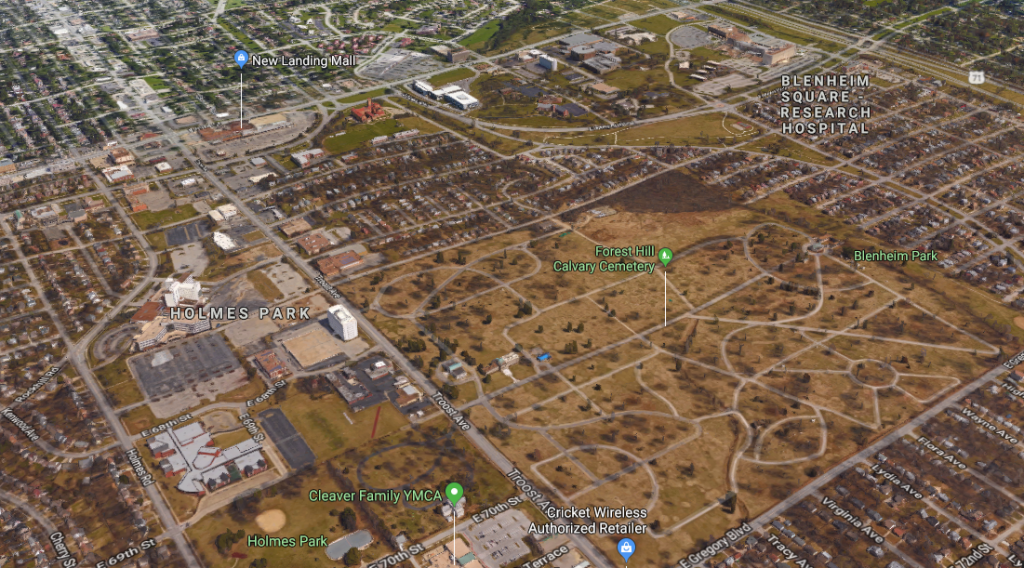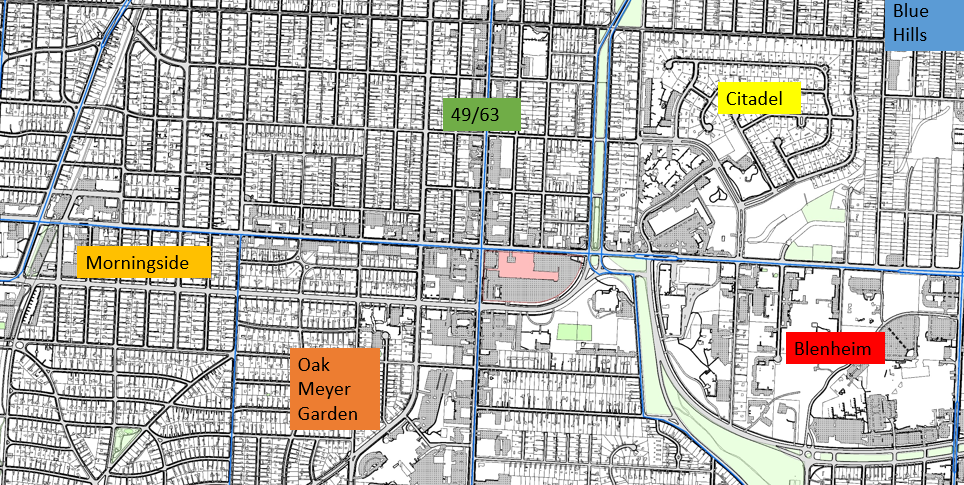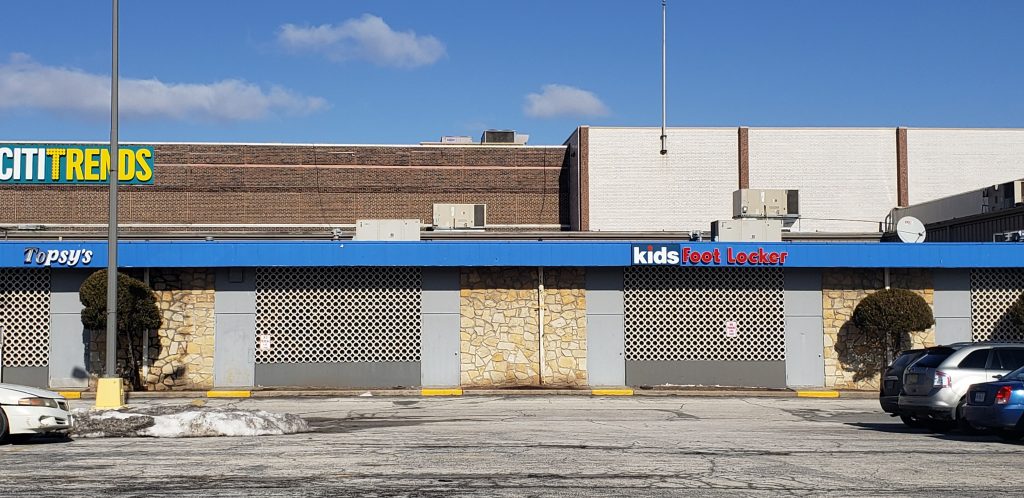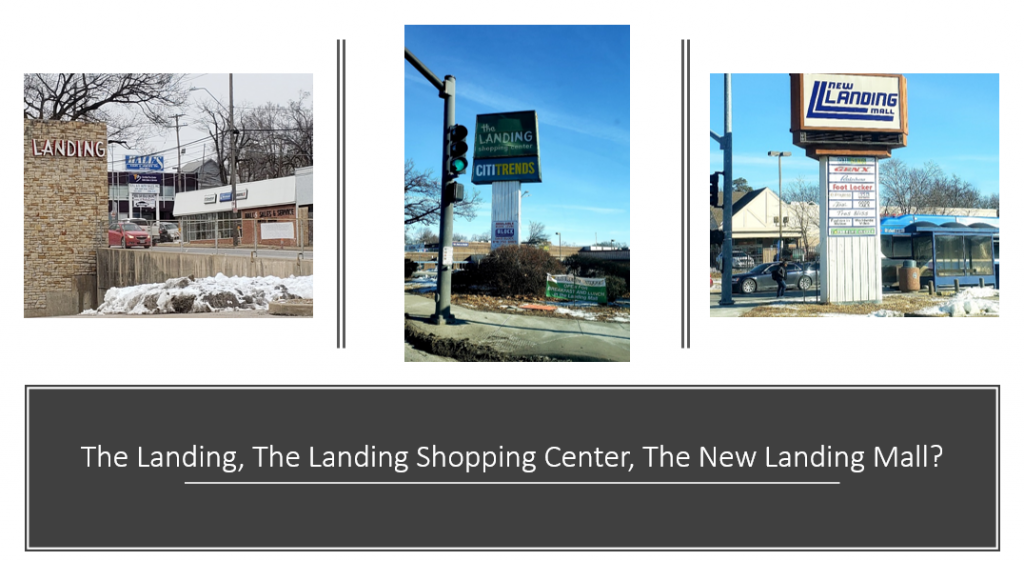As a life long resident of the Kansas City Metro I have passed along this corridor countless times. My earliest memories of the area stretch back to my years attending grade school at the now closed Somerset Elementary. On field trips to the Kansas City Zoo we would often take the E. Gregory Blvd. to Cleveland Ave. route to our destination. Even at this early age I can remember how each neighborhood would change after crossing State Line, Wornall, Troost, and finally over 71. Before we even understood what a grid system was, commercial zoning, or of the impact of how the highways have affected the city, we knew where we were along the ride by the landmarks we saw.

The landmark which informed us of being halfway to our destination was always Forest Hill Calvary Cemetery as we would superstitiously hold our breath and raise our feet as we drove past the massive two square miles of land. The enormous and beautiful space, located just south of the Landing Mall, is where some of Kansas City’s most well-known figures are laid to rest including Satchel Paige, Buck O’Neil and Joyce Cldye Hall.

In more recent years, I have come to know the area even more. Frequently visiting the shops and restaurants in Brookside and enjoying a delicious breakfast at Niece’s or when still inside Lutfi’s near the Citadel, the Distrikt Biskuit House. Above all, it has been the countless number times riding to and from school on the MAX along Troost to 85rd St where I have become most familiar with the area. Along this route over the course of the last two semesters I have seen area slowly transform with the construction of new buildings, the remodeling of old ones and small businesses come and go.
As the physical form of this area continues to change, its my opinion that the importance of this bus line will continue to stay the same. Nearly every day along this route, a stop a 63rd St. is almost guaranteed, rain or shine. This reflects the areas diversity in the chosen modes of transportation for the surrounding population. There is a heavy amount of automobile traffic, foot traffic, use of public transportation and marked bike lanes in the area. All of which should be a positive contribution towards the area’s economy.

However, this diversity in transportation is unfortunately matched by the atheistic materials which make up the building and the signage used to advertise its existence to potential consumers. Stone, brick, concrete, iron and more are wrap around the 130,000 square foot building marking each new addition or renovation that has taken place over the years. This can also be seen in the signs for the Landing located at each corner of the property. These two elements combined and the addition of the mall’s lack of a clear and inviting entrance takes away any sense of arrival or place.

This area of the corridor has great potential to become a focal point for the diverse well-known neighborhoods that surround it. There is a strong presence of resilient businesses within and around the Landing Mall, diversity in the use of transportation, and several well-known medical and educational institutions nearby. With these assets, it seems highly feasible to once again transform the mall back into a landmark for the city and the destination it once was.